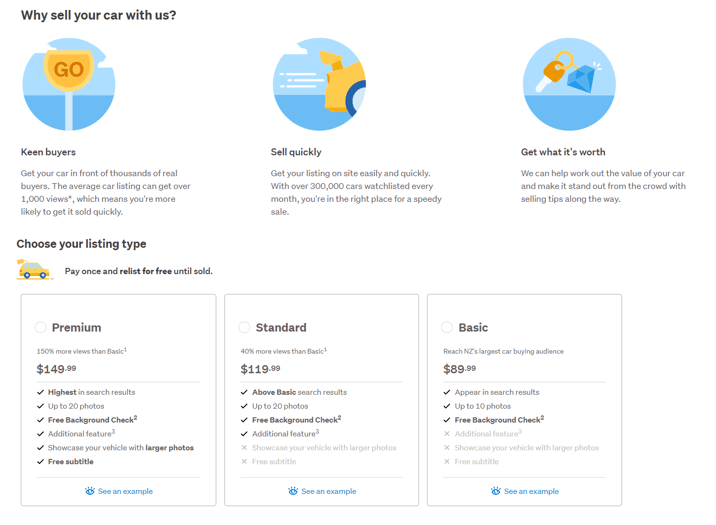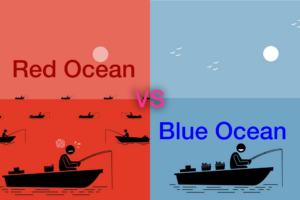In the B2B world, your sales team should be your strongest advocates of value and be able to clearly articulate this to the customer. Sales enablement training is key to ensuring that customer conversations are value-led rather than price-led. Value mapping is a useful exercise to undertake with sales teams to ensure that they are solutions focused, understand use cases, and talk to value drivers, rather than simply pushing product. Generally speaking, customers are either purchasing a solution to a problem, or an experience, and the best sales folks have a deep understanding of that customer problem.
Another important aspect of sales enablement is identifying buyer types. Reed K. Holden refers to four main buyers in his book ‘Negotiating with Backbone’ – Price Buyers, Relationship Buyers, Value Buyers, and Poker Players. Understanding these personas helps build an effective sales strategy and adapt your approach to value conversations accordingly.
For B2C segments, online customer interactions tend to occur via the website and digital marketing. Effective value messaging is absolutely key in this space to help your customers understand the value of various features and the differences between offerings. Here is an illustrative example from Trade Me Motors;

In this example, Trade Me have identified that their customers (sellers) care about attracting more serious buyers, which then leads to faster sale of their vehicle at a higher price. The value driver here is audience reach which is facilitated by the number of listings and so this is clearly stated through value messaging on the website as above. In terms of the product offering, customers have a choice of 3 bundles with various features associated. The customer really does not care about the specifics around these features. But what they do care about is how each of these options would improve the visibility of their ad.
Trade Me have also incorporated some behavioural economic principles to the positioning of the bundle. In most English speaking countries, people read from left to right and therefore your premium bundle is the first to be noticed. This is important due to the concept of loss aversion, which is to say that losing value is more painful than the utility generated from gaining more value. The second concept is around ‘the power of 3’ or the ‘Goldilocks principle’ which is the tendency for the majority of customers to choose the middle option when presented with three options and this is considered the ‘safe’ option (not too expensive, yet not too inferior).
If you are interested in learning more around sales enablement, value messaging or behavioural economics and how businesses can leverage these to increase customer engagement, then drop me a LinkedIn message and we can set up a time to chat further.






